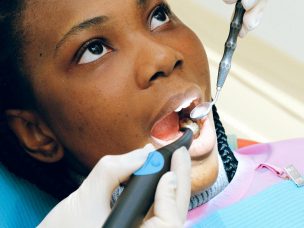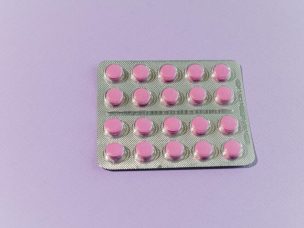There is an association between the development/exacerbation of AA and SARS-CoV-2 infection. However, more studies are required to evaluate this association and contribute to improvement in the dermatological and psychological outcomes in patients with COVID-19.
COVID-19 is a viral SARS-CoV-2 infection associated with several immune-related dermatological conditions. Alopecia areata (AA) is an autoimmune disease with non-scarring hair loss. Currently, the association between AA and COVID-19 is unclear. This study, published in the Journal of the American Academy of Dermatology, comprised nine articles that met the study’s inclusion criteria. Six articles discussed new-onset AA with SARS-CoV-2 infection, and three articles discussed recurrence or exacerbation of AA with SARS-CoV-2 infection.
In this systematic review, the average age of the study participants was 37 years, with a range of 13–56 years. A total of 57% (n=4) were female and 43% (n=3) were male. None of the study participants had a positive family or personal AA history. Three cases were assessed for COVID-19 severity, in which 100% of the patients reported mild respiratory symptoms. One patient reported hair loss and loss of taste and smell while symptomatic with COVID-19. In these cases, one patient received only paracetamol, one received hydroxychloroquine for seven days, and one received azithromycin and paracetamol. In a retrospective analysis included in this study, the patients did not report the worsening of AA symptoms during the six months following SARS-CoV-2 infection, as per the severity of alopecia tool (SALT) score. Most of these patients were under active treatment of AA at the time of infection. Among the participants who reported SARS-CoV-2 infection 44% experienced AA relapse at 2.14 months median following the infection.
Results of this systematic review indicate AA to a dermatological manifestation of SARS-CoV-2 infection. The occurrence of AA is observed 1–2 months following SARS-CoV-2 infection. The worsening of AA is multifactorial. Associated factors include physical stress secondary to SARS-CoV-2 infection and heavy psychological burdens related to the pandemic. Primary care physicians, dermatologists, and psychiatrists are advised to be aware of these dermatological conditions that can appear subsequent to COVID-19 to allow for healthcare screening and appropriate services.
References
Christensen, R. E., & Jafferany, M. (2022). Association between alopecia areata and COVID-19: A systematic review. JAAD Int, 7, 57-61. https://doi.org/10.1016/j.jdin.2022.02.002










